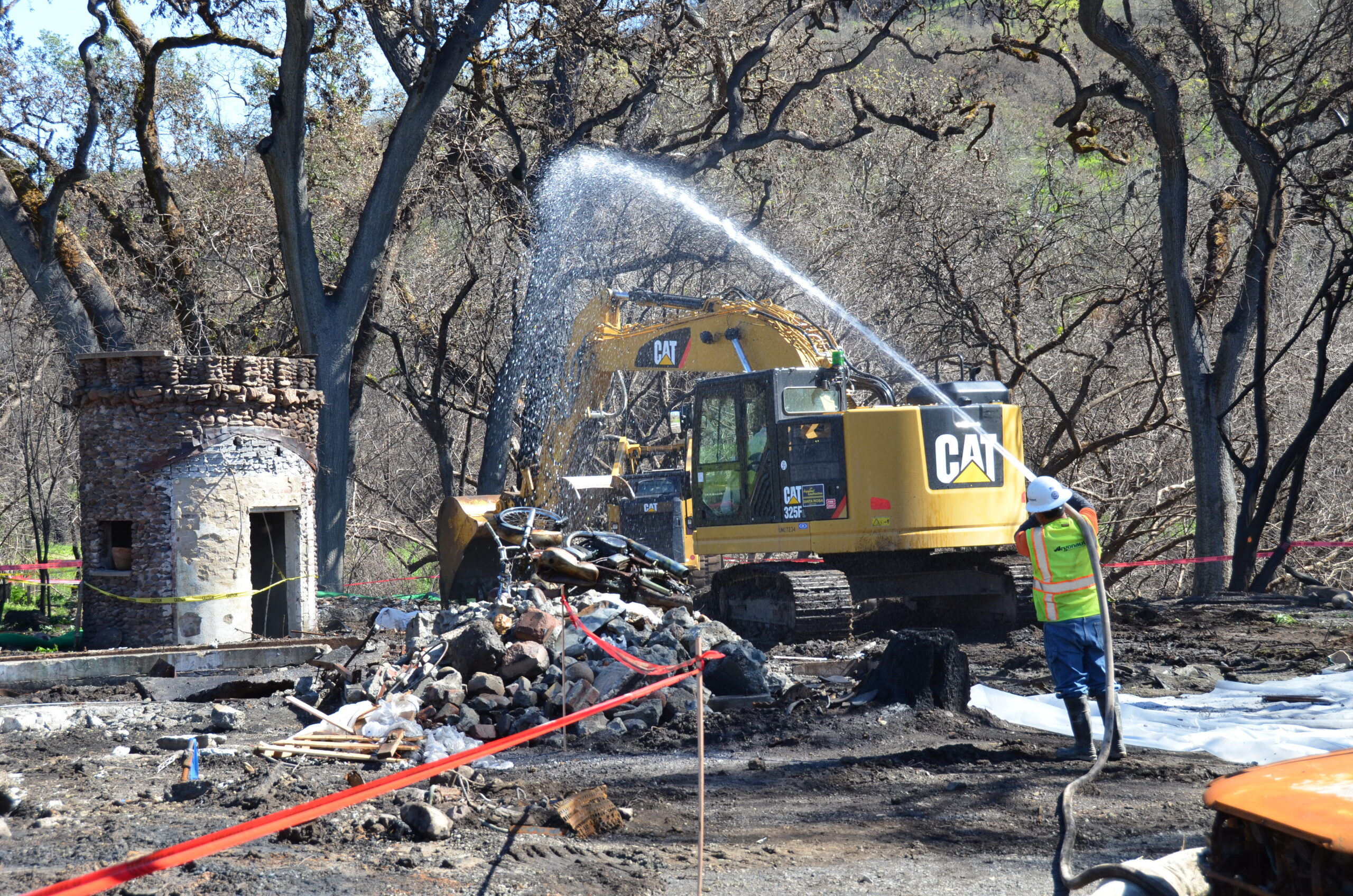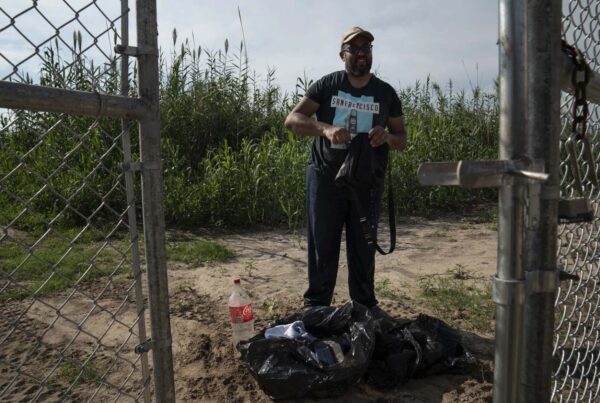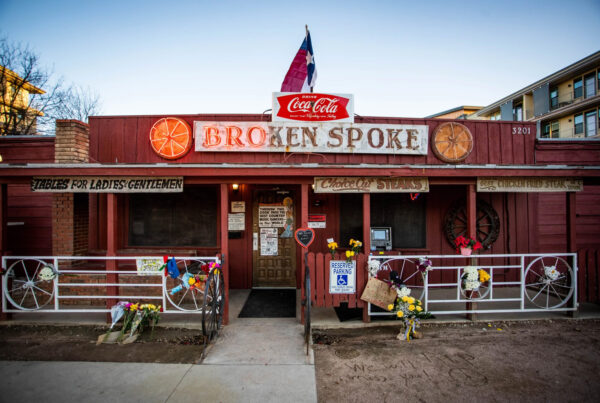Homeowners’ insurance is more expensive in Texas than in most states – but at least you can still buy it here. In California, that’s becoming harder to do.
Allstate and State Farm, two of the country’s biggest insurance companies, recently announced that they would no longer insure new homes in California, citing the frequency and intensity of natural disasters like wildfires in the state.
Debra Javeline, associate professor of political science at the University of Notre Dame, studies human adaptation to climate change. She spoke to the Texas Standard about the future for homeowners’ insurance.
This transcript has been edited lightly for clarity:
Texas Standard: You surprised by this news that State Farm and Allstate will no longer insure new homes in California?
Debra Javeline: I’m not surprised at all.
Why do you say that?
If you were a business person looking to make a good investment and insurance was your business, you would ask yourself, Can I turn a profit? And if all your profits are being eaten up by payouts thanks to wildfire risk, you’d have good business sense and pull out.
And so as we see the manifestations of climate change and wildfires increasing in extent and intensity, we see more damage, more claims, more payouts. And the same for hurricane risk and inland flooding. So the insurers are noticing that their profits are dwindling, or in some cases they’re running deficits, underwriting losses.
» GET MORE NEWS FROM AROUND THE STATE: Sign up for our weekly ‘Talk of Texas’ newsletter
But a pullout from the new insurance market in California seems rather dramatic. And I think a lot of Texans – to say nothing of a lot of Californians who have moved to Texas more recently – are sort of thinking, well, is Texas next? Are we looking at a trend that’s happening, or is this unique to California?
I think it’s a trend. I think the insurers are telling you – like, they’re telling all of us who live in disaster-prone areas, that “we don’t think this is good business. We don’t want to assume the risk; you assume it.” And I think that anybody who is in a hurricane-prone area or a wildfire-prone area, or any other area at risk of flooding or even drought, you have to ask yourself, “if I’m not willing to assume that risk, why would I think an insurer should assume the risk?”
What do you think we may see as a result of this? I mean, because this is going to have an effect on, say, real estate. It would seem to me if you can’t find someone to insure your home now – mind you, there are hundreds of of insurance companies operating in California, so it’s not like the exodus of these two big ones is as significant as all of that, but these are two of the biggest insurers in the country – and I’m curious, how far off are we from seeing this actually have effects on places becoming perhaps less inhabited because you can’t get insurance there?
That’s a great question. And while I can’t forecast the exact timeline on it, I can say that currently my research shows that we’re living in a period of delusion – that most people do not want to accept that these highly attractive places to live are unsafe places to live. Everybody wants to live where they want to live. It’s beautiful to live on the coast; who doesn’t want to have an ocean view or at least ocean access?
And so for now, people are moving to the high-risk areas, when all the signals are supposed to tell them to move away. So currently there are housing crunches in places that are considered beautiful, and people are trying to ignore the question of risk. What I think is great about what State Farm and Allstate have done is that they’re signaling to us we need to have a national conversation about this. These areas are not safe. And it really is only a matter of time before real estate markets start to reflect risk.
We’re not there yet. People care much more right now about, say, like the granite countertops in the kitchen when they go to look at a home. And they’re not asking the right questions about safety – and increasingly they should. And so I’m just hopeful that what these two insurers have done is jumpstarted a national conversation about where development should happen and where Americans should live that will best protect us so that we don’t bankrupt the insurers and bankrupt our state insurers and even our federal flood insurance program.













